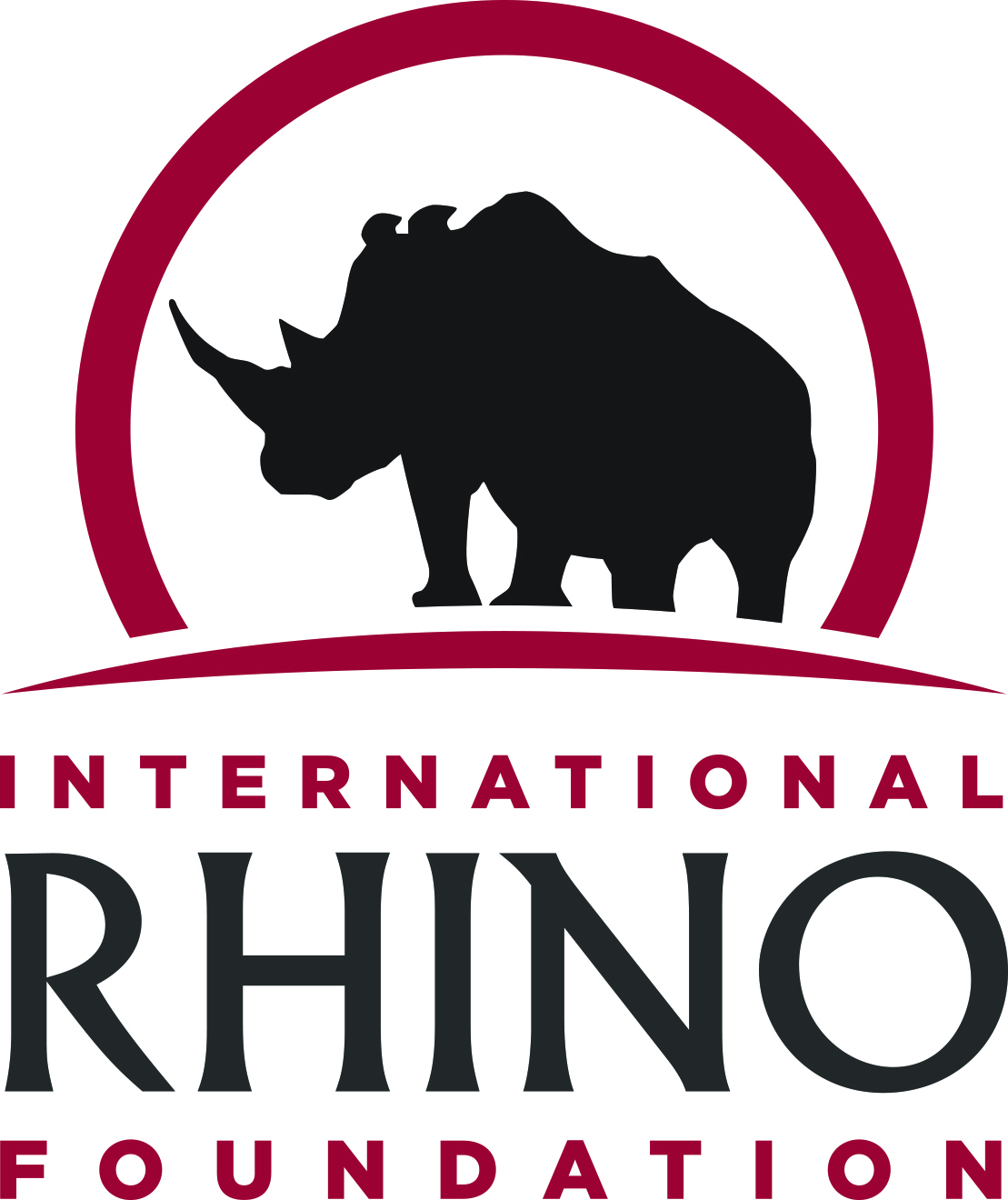Mourning Tam: Sabah’s Last Male Sumatran Rhino
A statement from Susie Ellis, PhD,
Executive Director, International Rhino Foundation
 “Tam”, a male Sumatran rhino whose estimated age was 35 years, died today in Sabah, Malaysia following a prolonged illness. Tam’s health had deteriorated in the last few months, Sabah Wildlife Department sources said. Tam passed away surrounded by the dedicated keepers and veterinary staff from the Borneo Rhino Alliance who had cared for him since 2008, when he was rescued from a palm oil plantation and placed in a managed care facility in Sabah’s Tabin Wildlife Reserve. The International Rhino Foundation offers condolences to the Government of Sabah and our colleagues at the Borneo Rhino Alliance team on the loss of this important animal.
“Tam”, a male Sumatran rhino whose estimated age was 35 years, died today in Sabah, Malaysia following a prolonged illness. Tam’s health had deteriorated in the last few months, Sabah Wildlife Department sources said. Tam passed away surrounded by the dedicated keepers and veterinary staff from the Borneo Rhino Alliance who had cared for him since 2008, when he was rescued from a palm oil plantation and placed in a managed care facility in Sabah’s Tabin Wildlife Reserve. The International Rhino Foundation offers condolences to the Government of Sabah and our colleagues at the Borneo Rhino Alliance team on the loss of this important animal.
“I remember so well when Tam was captured and the high hopes everyone had that he could be the founding member of a successful captive breeding program in Sabah, and join the then-international efforts involving the US and Indonesia,” said Susie Ellis, Executive Director of the International Rhino Foundation. “Sadly, those hopes were repeatedly dashed over the next decade by a series of incidents, some sociopolitical, some biological, and some simply bad luck.”
Conservationists had hoped that Tam would be able to breed naturally with Iman, a female captured in 2014, as well as another rescued female, Puntung, who had to be euthanized in 2017. But Tam did not have high quality sperm and both females had uterine tumors which prevented conception. Having no other choice, Sabah conservationists turned to advanced reproductive technology, attempting to produce embryos by in vitro fertilization that could be placed in surrogate rhinos. Successes seen with these techniques in other species have depended on many years of research with readily available animals. “With limited knowledge about Sumatran rhino reproductive physiology, and the complexities of converting cells in the laboratory into viable embryos, these methods were a long-shot, at best. Even so, they were the best chance for Sabah’s rhinos,” said Ellis. “Efforts to exchange gametes with Indonesia did not pan out for a variety of reasons.”
For several decades, Sumatran rhinos have been devastated across their range by poaching to feed illegal trade in horn for Asian markets – with more than 70 percent of the population lost. In Sabah, logging, which decimated the region’s rainforests, followed closely by extensive development of palm oil plantations, also was a contributing factor. Like Sabah, Sumatra also has seen massive deforestation and rain forest fragmentation, pushing Sumatran rhinos, tigers, elephants, and orangutans to the brink of extinction despite ongoing protection.
Indonesia now holds the only remaining wild Sumatran rhinos on Earth, which number no more than 80 individuals scattered across three of its national parks. Seven of these rhinos, of the subspecies Dicerorhinus sumatrensis sumatrensis, are also held in semi-natural conditions at the Sumatran Rhino Sanctuary, a managed breeding facility where two calves were born in 2012 and 2016. The IRF built the facility in 1996 and manages it in partnership with the Rhino Foundation of Indonesia and Way Kambas National Park. IRF’s multi-pronged approach has involved intensive protection, managed breeding, and working with local communities to improve livelihoods.
Two other African rhino subspecies, the northern white rhino and the western black rhino, have also become extinct in the wild in the last two decades. It is IRF’s hope that these losses never be repeated. We affirm our long-term commitment to proactively protecting and propagating the remaining Sumatran rhinos, with which we began intensive involvement 1995 and in which we have invested more than 20 million US dollars.
FACTS ABOUT SUMATRAN RHINOS:
- There are fewer than 80 Sumatran rhinos left in the wild, disperse across ten small sub-populations. Some of these sub-populations are so small (pockets of two or three animals) that they will eventually disappear.
- Female Sumatran rhinos suffer from reproductive pathologies; as they grow older and if they do not breed, they are inclined to develop tumors and cysts in their reproductive organs, making it harder to bring a pregnancy to full term
- A rhino pregnancy lasts approximately 16 months
- Due to the fact that the species is scattered across isolated, small populations, a new program, responding to the Government of Indonesia’s Emergency Action Plan on Sumatran Rhinos, seeks to capture the small populations and bring them into conservation breeding programs, including the Sumatran Rhino Sanctuary in Way Kambas National Park. The goal is to significantly increase the captive population, with hopes of releasing animals back into the wild. A similar program with the California condor, whose population was reduced to 27 individuals, has brought that species to over 400 living in captivity and the wild. For on this program: https://rhinos.org/sumatranrhinorescue/
- The Sumatran rhino is the smallest of all the rhino species. They are also the hairiest, with fringed ears and reddish-brown skin.
- Sumatran rhinos as solitary animals, living deep in the forests of Indonesia.
For more on Sumatran rhinos: https://rhinos.org/species/sumatran-rhino/

34 thoughts on “Mourning Tam: Sabah’s Last Male Sumatran Rhino”